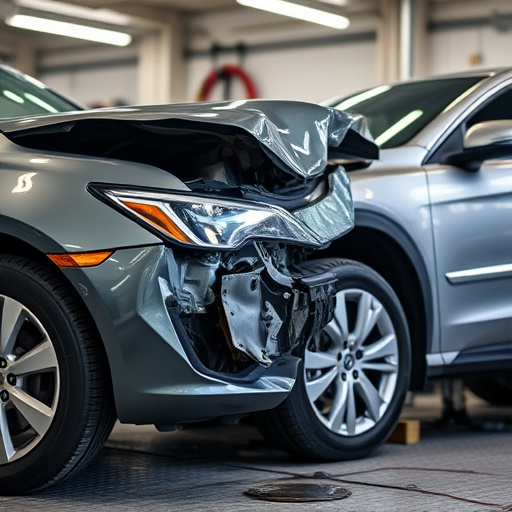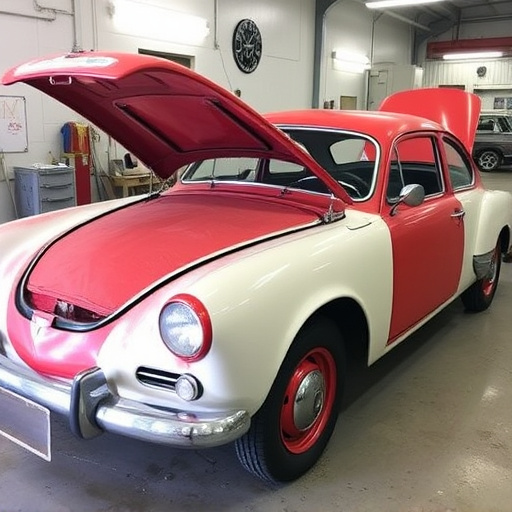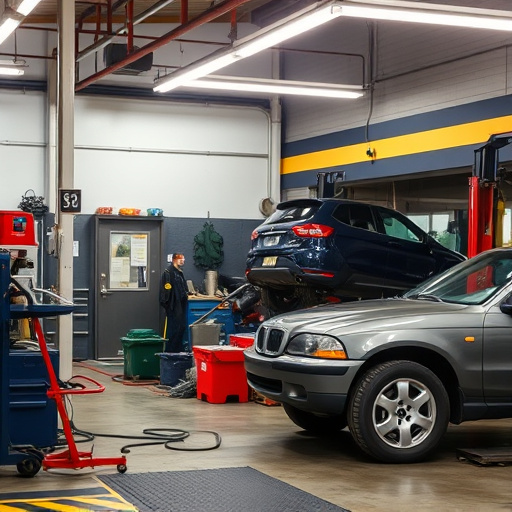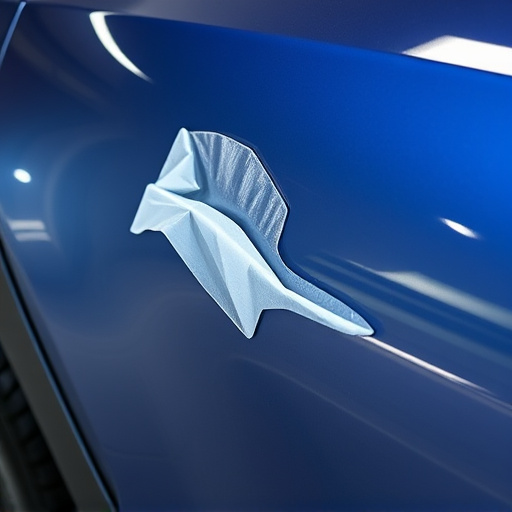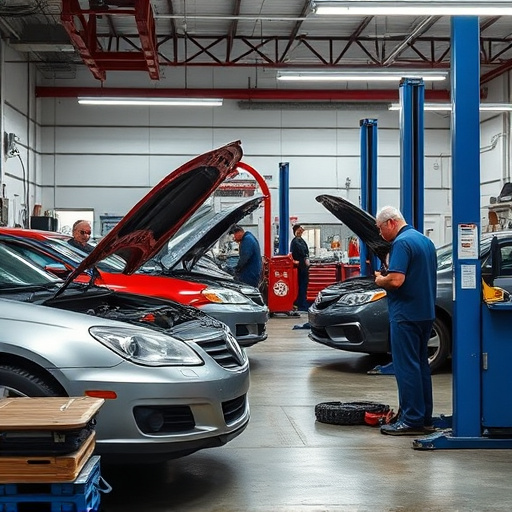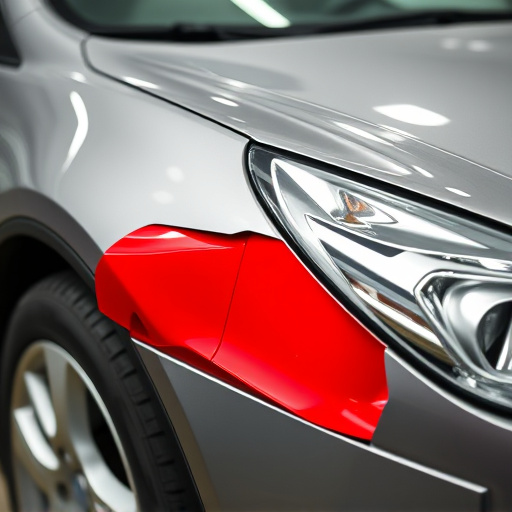Mercedes Active Body Control (ABC) repair requires specialized care due to its advanced sensors and actuators. Common issues include handling problems and sensor faults, demanding expert attention from car body shops with modern diagnostic tools. Regular checks prevent severe problems, ensuring optimal vehicle performance and safety under all driving conditions. Repairs involve suspension, chassis, and ABC component assessment, genuine Mercedes spare parts replacement, calibration, testing, and fine-tuning for precise handling. Quality assurance ensures repairs meet manufacturer standards.
Mercedes Active Body Control (ABC) is a cutting-edge system that enhances vehicle stability and comfort. However, over time, this sophisticated technology can present repair challenges, especially under heavy loads. This article delves into the intricacies of Mercedes ABC repair, focusing on identifying common issues, understanding the system, and providing a step-by-step guide to ensure optimal performance. By following these practices, mechanics can effectively address ABC-related problems, maintaining the vehicle’s responsiveness and safety under all conditions.
- Understanding Mercedes Active Body Control
- Identifying Common Issues and Faults
- Repair Process: Step-by-Step Guide
Understanding Mercedes Active Body Control

Mercedes Active Body Control (ABC) is a groundbreaking system designed to enhance vehicle dynamics and stability, ensuring a smooth ride even under heavy loads. It employs advanced sensors and actuators to actively control the suspension, reducing body roll and improving cornering abilities. This innovative technology not only enhances driver comfort but also increases safety by maintaining optimal vehicle balance during high-performance driving or unexpected maneuvers.
The ABC system’s sophistication requires meticulous care in its repair and maintenance. When issues arise, a specialized car body shop with expertise in Mercedes active body control repair is essential. Using state-of-the-art diagnostic tools, technicians can identify problems and perform precise repairs, whether it’s a sensor malfunction or actuator failure. Unlike traditional suspension repairs, ABC repairs often involve intricate adjustments and calibrations to maintain system integrity and ensure the vehicle responds accurately under various driving conditions, highlighting the crucial role of professional auto collision centers in keeping these high-tech systems running optimally.
Identifying Common Issues and Faults
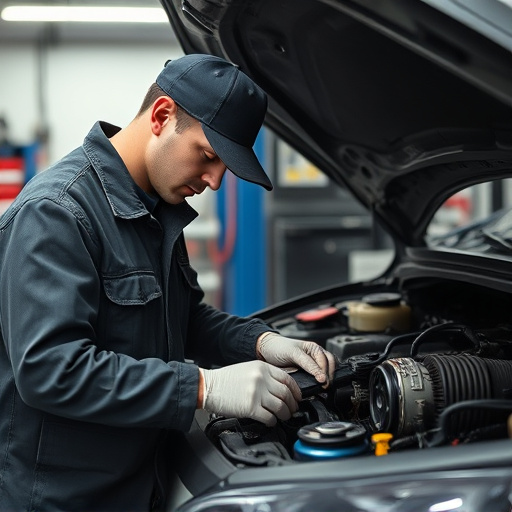
Identifying common issues with Mercedes Active Body Control (ABC) systems is a critical step in ensuring optimal vehicle performance and safety. Regular checks should be conducted to detect any faults early on, as quick action can prevent more serious problems. Some frequent issues include unusual handling characteristics, where the car may pull to one side or exhibit unpredictable stability during cornering. This could indicate worn suspension components or misaligned wheels, which are easily addressable through basic vehicle alignment services at a reputable car body shop.
Advanced diagnostic tools can also uncover hidden faults in the ABC system’s sensors and actuators, which are responsible for real-time adjustments to the vehicle’s body control. A car bodywork services provider with expertise in Mercedes vehicles should be able to interpret these data and pinpoint the exact source of any malfunction. By troubleshooting and repairing these issues promptly, owners can maintain the ABC system’s responsiveness under various driving conditions, ensuring a smooth and safe ride.
Repair Process: Step-by-Step Guide

The Mercedes Active Body Control (ABC) system is a sophisticated technology designed to enhance vehicle stability and handling. When undergoing repairs, especially after an accident or damage, it’s crucial to follow a structured process to ensure optimal system functionality. Here’s a simplified guide for Mercedes ABC repair:
1. Assessment: Begin by thoroughly inspecting the vehicle for any signs of damage or wear in the suspension and chassis areas. Use advanced diagnostic tools to check the ABC control unit and sensors for errors or malfunctions. This step is vital, as it identifies specific components requiring attention.
2. Component Replacement (if needed): If any of the ABC system parts are found damaged beyond repair, such as sensors or actuators, they should be replaced with genuine Mercedes-Benz spares. Ensure proper fitting and calibration to maintain the system’s accuracy.
3. Calibration and Testing: After repairs or replacements, calibrate the ABC system using specialized equipment. This process adjusts the control unit’s parameters to match the updated hardware. Test the system under various conditions, including cornering, straight-line driving, and load simulations, to validate its performance and responsiveness.
4. Fine-Tuning: In some cases, additional adjustments might be required. Fine-tuning involves meticulous adjustments to ensure the ABC system optimizes vehicle handling without overcorrecting or causing instability. This step is crucial for maintaining the Mercedes’ renowned precision and safety standards.
5. Quality Assurance: An automotive body shop specializing in Mercedes benz collision repair should perform quality checks at each stage, ensuring every repair meets manufacturer specifications. Scratch repair techniques might be employed to restore cosmetic damage without compromising structural integrity.
Mercedes Active Body Control (ABC) is a critical system that enhances vehicle stability and handling. When issues arise, prompt and accurate repairs are essential to maintain optimal performance. By understanding common faults and following a structured repair process, technicians can ensure the ABC system responds effectively under load, providing drivers with a safe and seamless driving experience. Efficient Mercedes active body control repair is key to preserving the vehicle’s dynamic capabilities.
